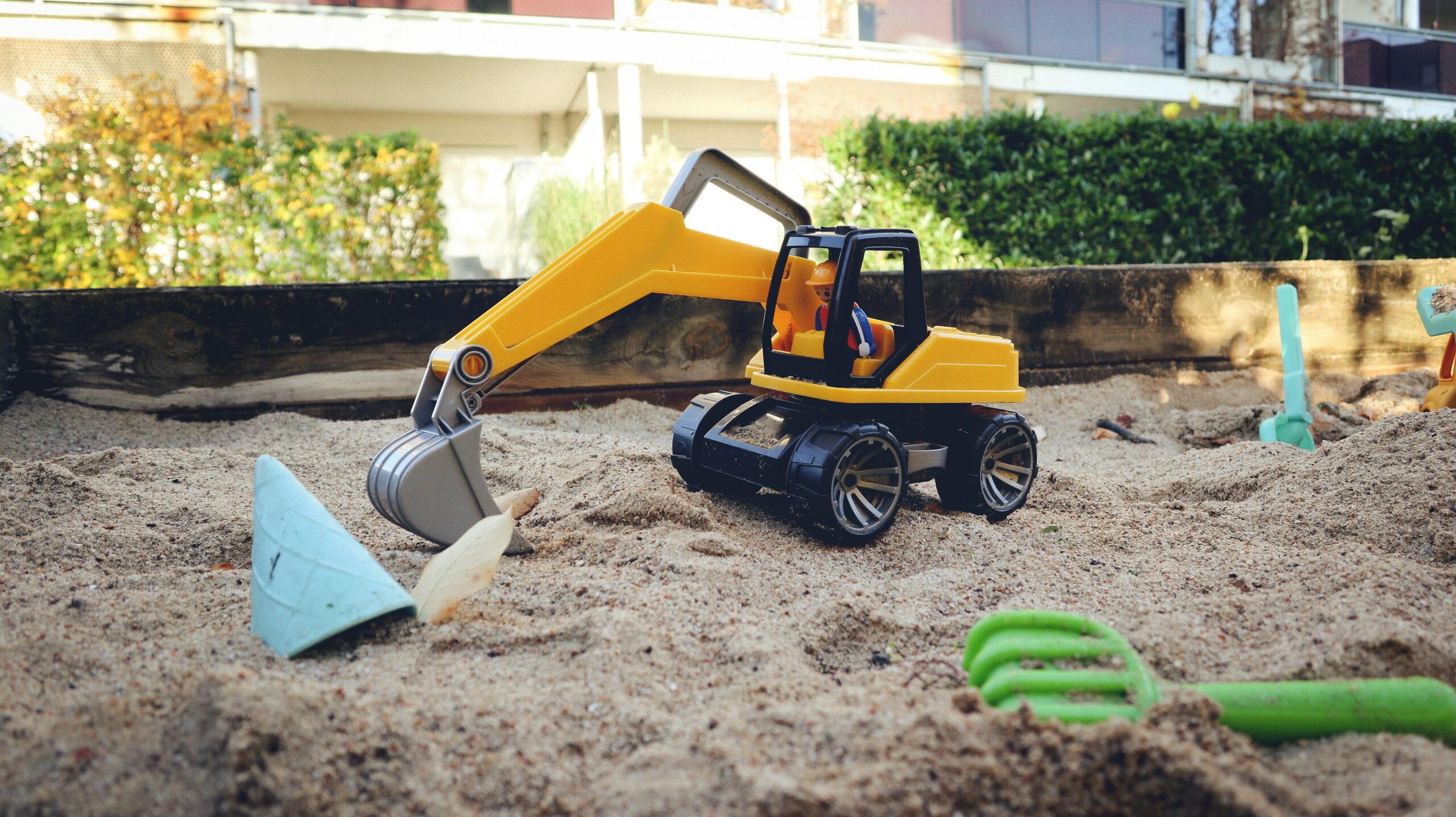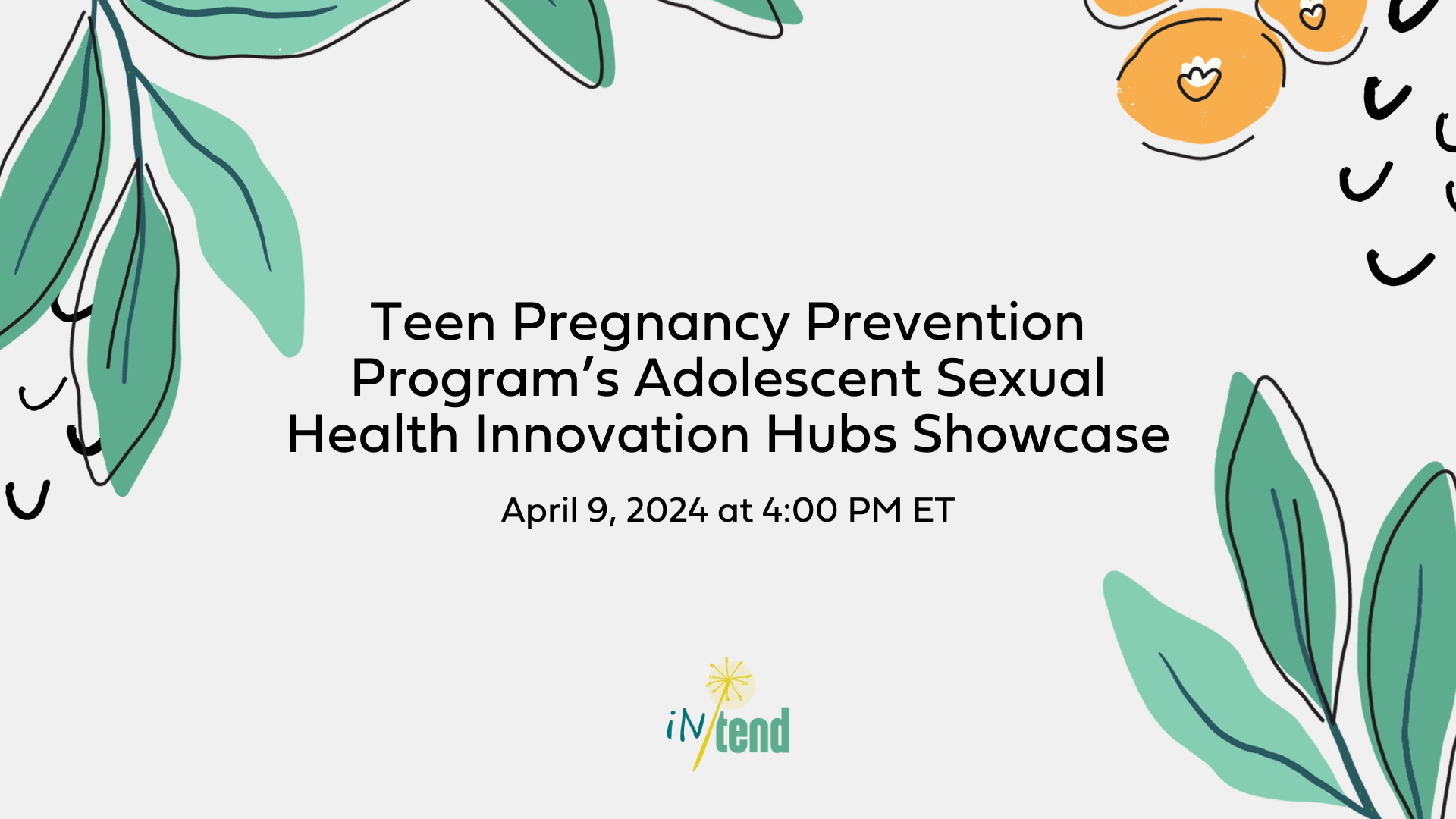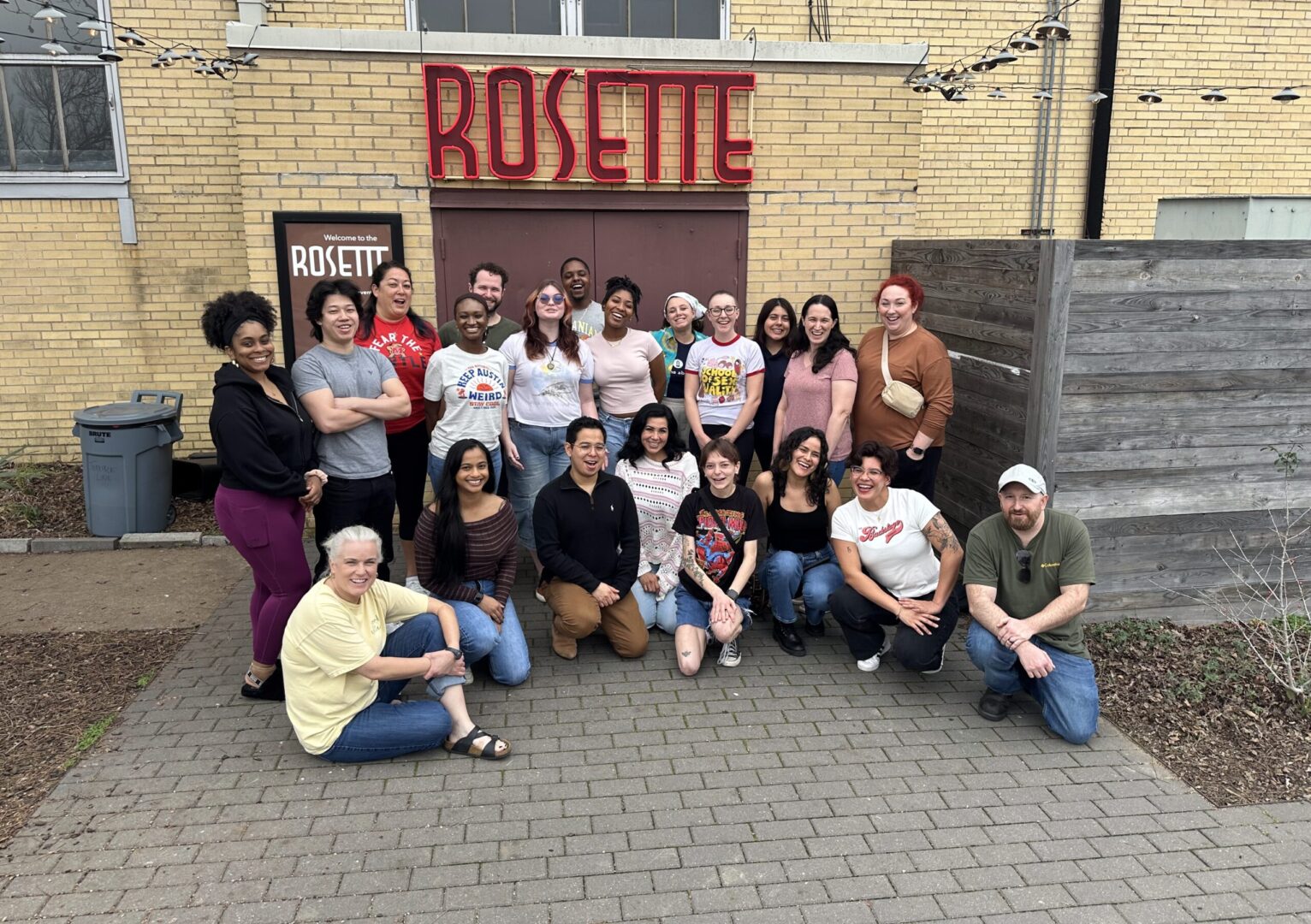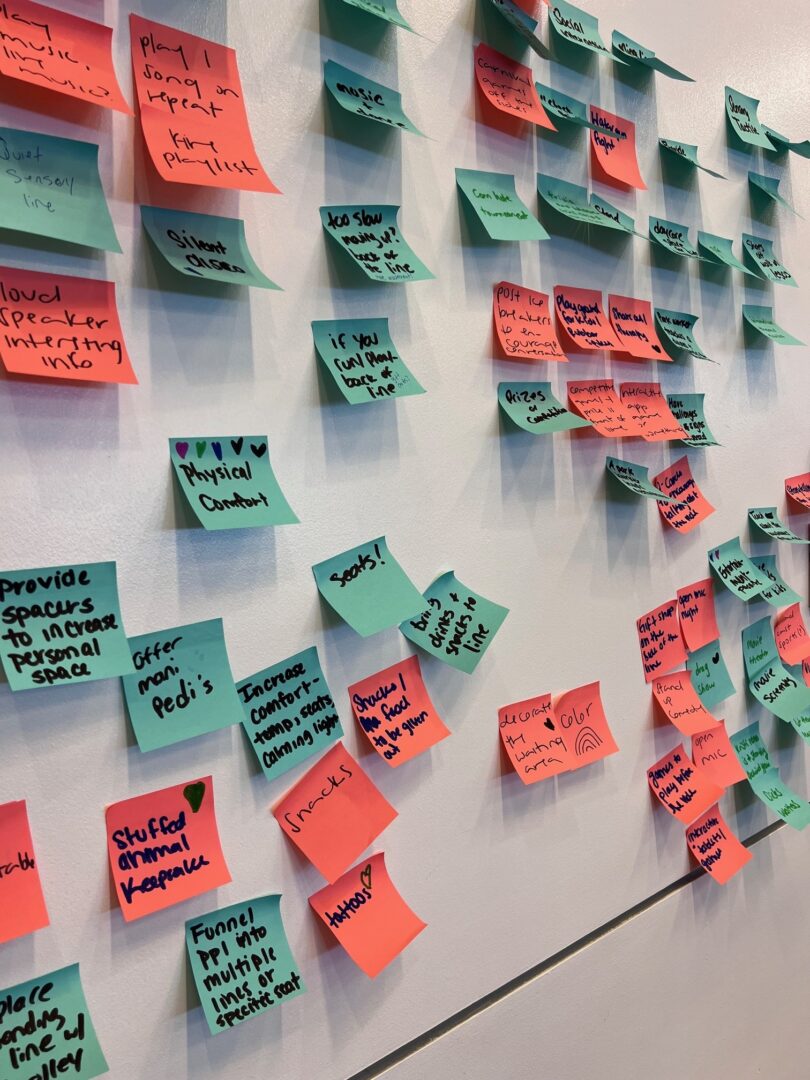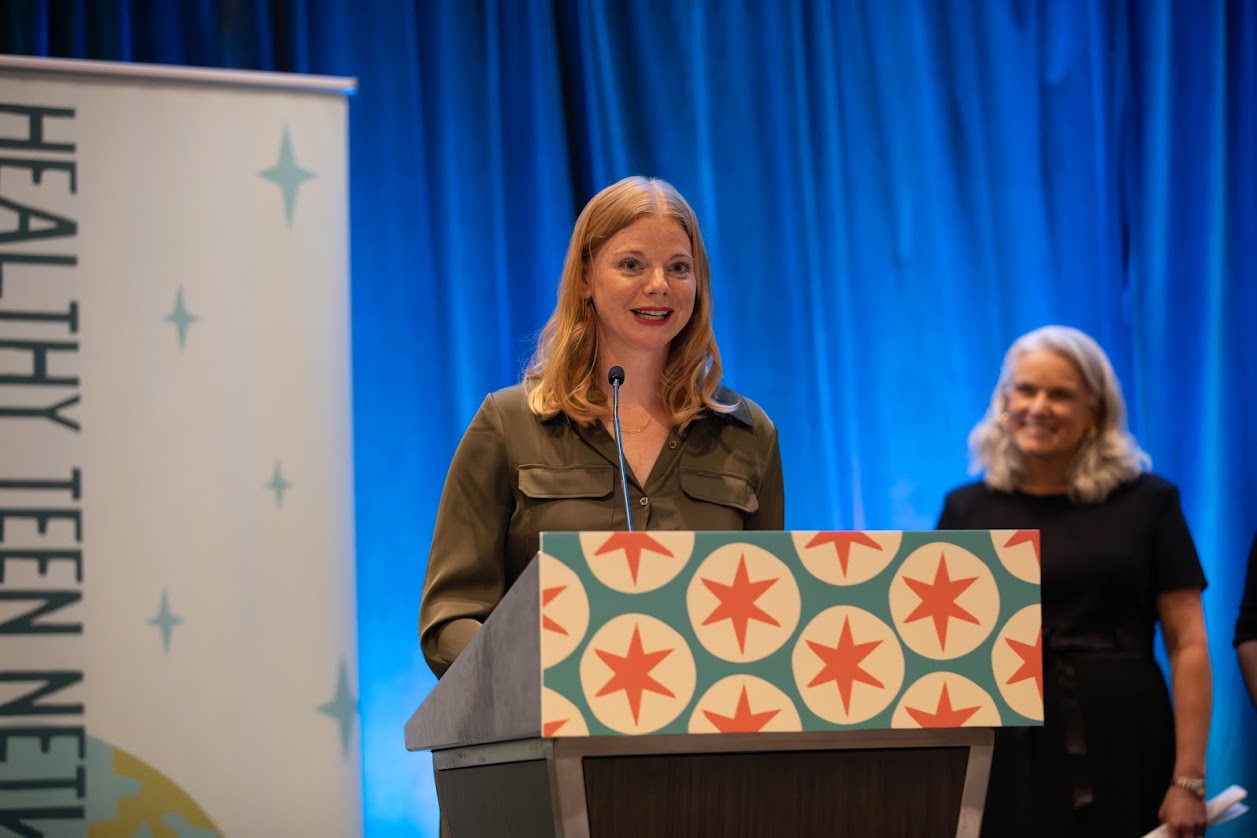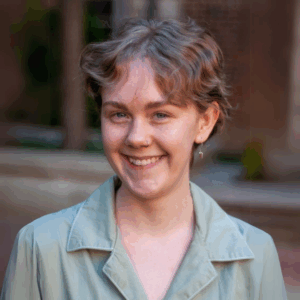
MORGAN PETERSON
September 25, 2025
Long lost sandbox
I used to have a sandbox in my backyard filled with gritty, commercial grade sand from the local hardware store. Ants and beetles would make their home in the decaying wooden frame, and weeds poked their way through the tarp separating the pit from the ground. Inside I had buckets, shovels, my favorite sticks and rocks, action figures, and Hot Wheels. I’d spend hours plopped in that sand creating worlds, potions, and magic out of nothing.
Then I grew up, and the sandbox became a square hole in the ground with old toys and no appeal for play—proving the worlds I created had little to do with sand and rusty Hot Wheels, and everything to do with my mindset and imagination.
It’s been a long road home to the metaphorical sandbox for me, and Human-Centered and Liberatory Design have become my new shovel and bucket.
We condition kids out of play far too young, and for many adults play is a distant memory. Instead of leaf and dirt concoctions in a bucket of water, we create deadlines and apply pressure to creation. It’s been a long road home to the metaphorical sandbox for me, and Human-Centered and Liberatory Design have become my new shovel and bucket.
- Liberatory Design: Helps interrupt power dynamics and increase opportunity for those who have historically faced mistreatment and barriers.
- Human-Centered Design: Puts real people at the center of the development process, enabling you to create products and services that resonate and are tailored to your audience’s needs.
Our jobs are like trying to blow out a birthday cake full of trick candles
My team and I were selected for the first cohort of the In/Tend Incubator Hub last October, and by November, we found ourselves in a tumultuous season of our professional and personal lives that made the idea of play laughable. The three of us work for a nonprofit called the Transformation Project that serves the youth community in South Dakota, no matter who they are or who they love. As the social landscape rapidly shifted, so did the needs of our community.
Anyone who works in the nonprofit world knows how hard it is to just breathe sometimes. We’re passionate about the people we serve, and we want to create quick solutions for urgent needs. Human-Centered Design in the context of the In/Tend cohort challenged us to shift this paradigm—to slow down in the mess instead of immediately trying to clean it up.
We were like three grown adults learning to use a sandbox again: First, it seemed pointless, then it was uncomfortable, and then we remembered how to have fun in it.
Mountains and anchors
In the first part of the design phase, we were asked to come up with a “how might we” statement, summarizing our main challenge in the form of a question. For our challenge, making sex ed for all the norm in rural South Dakota, coming up with this question was daunting. Asking “how might we?” implied the possibility of ever finding a solution.
But as we continued the process through critical reflection, interviewing and empathizing with our end users, defining our challenge, ideating on our solution, and testing our prototype, our “how might we” became less of a mountain to climb and more of an anchor keeping us grounded in the needs of our end users.
Subconsciously, this taught me how to anchor myself in my own personal convictions despite upheaval and uncertainty. As a type A, perfectionistic Capricorn, when the world is a mess around me, I scramble to clean everything up. The design process has taught me that it’s ok to leave the mess for now and go back to what grounds me into my purpose. After I’ve taken a large inhale, I’m much more prepared to tackle the long hike uphill.
Mad scientists
Through various brainstorming sessions, creative warm-ups, and dozens of nonsensical sticky notes, I forgot about perfection and pressure somewhere along the way. I remembered that ideas are endless, and generative thinking is done best during a good belly laugh with your team. In a climate that wants to see changemakers burn out and give up, Human-Centered Design gave me and my team the opportunity to step out of the disarray we can’t control and into a creative chaos of our own making.
By the time our last in-person session with In/Tend in Memphis rolled around in March, my team and I were mad scientists: crouched on the floor of the conference room around a giant Venn diagram, slapping sticky notes on every surface available, and using fidget toys and play dough to make board game pieces that looked like bugs. Our challenges seemed smaller and our playground bigger. Most importantly, our ideas were better because we allowed ourselves for just a moment to remove the impossibly high stakes set against us.
We all came out of the In/Tend Incubator Hub more resilient and adaptable as individuals and professionals. Those are valuable qualities to cultivate organizationally and to instill in the young people we work with. Yes, the needs of our community are urgent, and I want to sink my hands as deep as I can into the mess of it to see what I can draw up and mold.
PHOTO BY: ANATOL RURAC
Morgan Peterson is the administrative assistant and youth support staff at The Transformation Project. Growing up in a small South Dakota farming town fueled Morgan’s passion for challenging the status quo and creating spaces of healing, growth, and acceptance. Morgan finds fulfillment in mentoring rural young people and is committed to building a more just future for individuals across all backgrounds.

